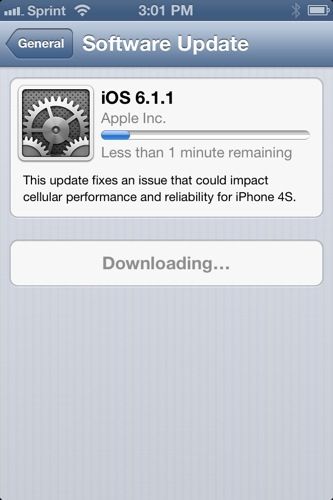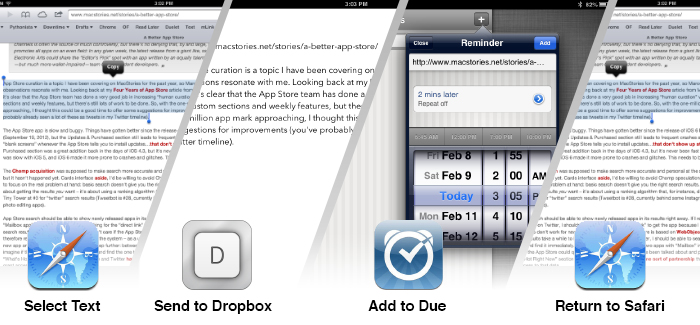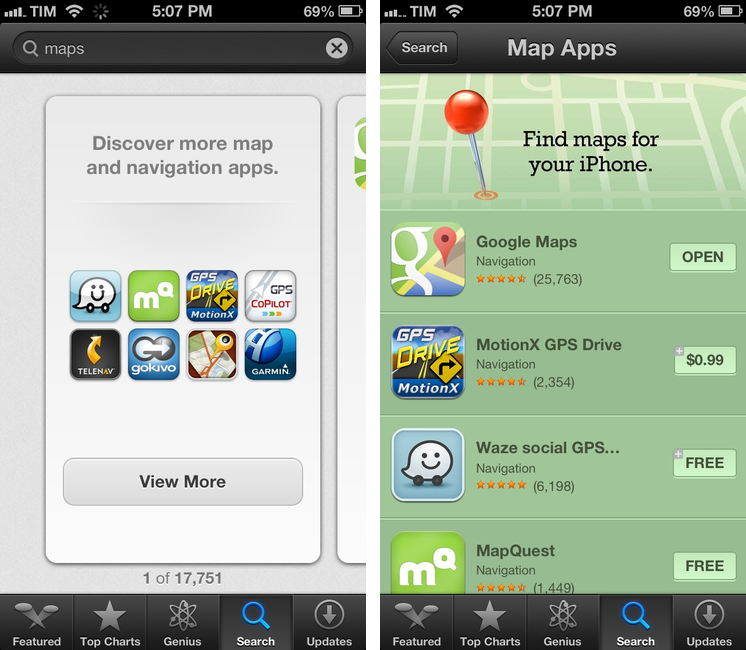Good.iWare Announces GoodReader SDK With “Save Back” Feature
Good.iWare, the company behind popular iOS file manager and document annotation tool GoodReader, has announced an SDK to let third-party developers send files and folders to GoodReader and receive them back after GoodReader has read/annotated them.
If you have an app that generates or downloads files meant to be read and annotated, and you want to use GoodReader’s powerful engine to do that, you can take advantage of our new SendToGoodReader SDK. This SDK is absolutely free of charge.
As explained on a dedicated developer page, the SDK seems more oriented towards PDF documents for now, but Good.iWare also mentions “complex collections” of files and folders:
If you’re a developer of iOS apps interested in offering your customers a convenient way to use powerful GoodReader’s abilities to read and annotate PDF files, you’ve come to the right place.
What’s interesting about this solution is that a “Save Back” feature should allow users to avoid the creation of duplicates by first receiving a file in GoodReader and then moving it – not copying it – back to the original app that “called” GoodReader. As I wrote a few weeks ago, the creation of duplicates is one of the biggest downsides of Apple’s Open In menu:
You just used five apps and created four copies of a file (two of them are iOS Camera Roll + Photo Stream) to annotate a photo. Lather, rinse, repeat for note taking, PDF reading, electronic bill management, and assembling that nice slideshow of your vacation in Italy.
I say “should” because I haven’t been able to try any app with support for GoodReader’s SDK yet, but that’s my takeaway from the developers’ explanation.
If GoodReader’s “Save Back” feature turns out to be what I imagine it is, it has the potential to become a great addition to existing Open In implementations, and perhaps even a possible path Apple could consider for a future version of iOS. I believe better communication between different apps is an area where iOS is severely lacking, and this concept – “saving back” and moving files instead of duplicating them – if implemented correctly could become, essentially, the x-callback-url of files. The obvious limitation is that the SDK is limited to GoodReader, and that there are no apps supporting it yet. I’m thinking of how Evernote could take advantage of this by letting users annotate PDFs in GoodReader, or how a mail application could let GoodReader unzip an archive and receive an uncompressed version with two taps. The possibilities are certainly intriguing.
It’s too early to say whether GoodReader’s experiment will be successful, but I think “saving back” is a much better idea than “opening in”.







